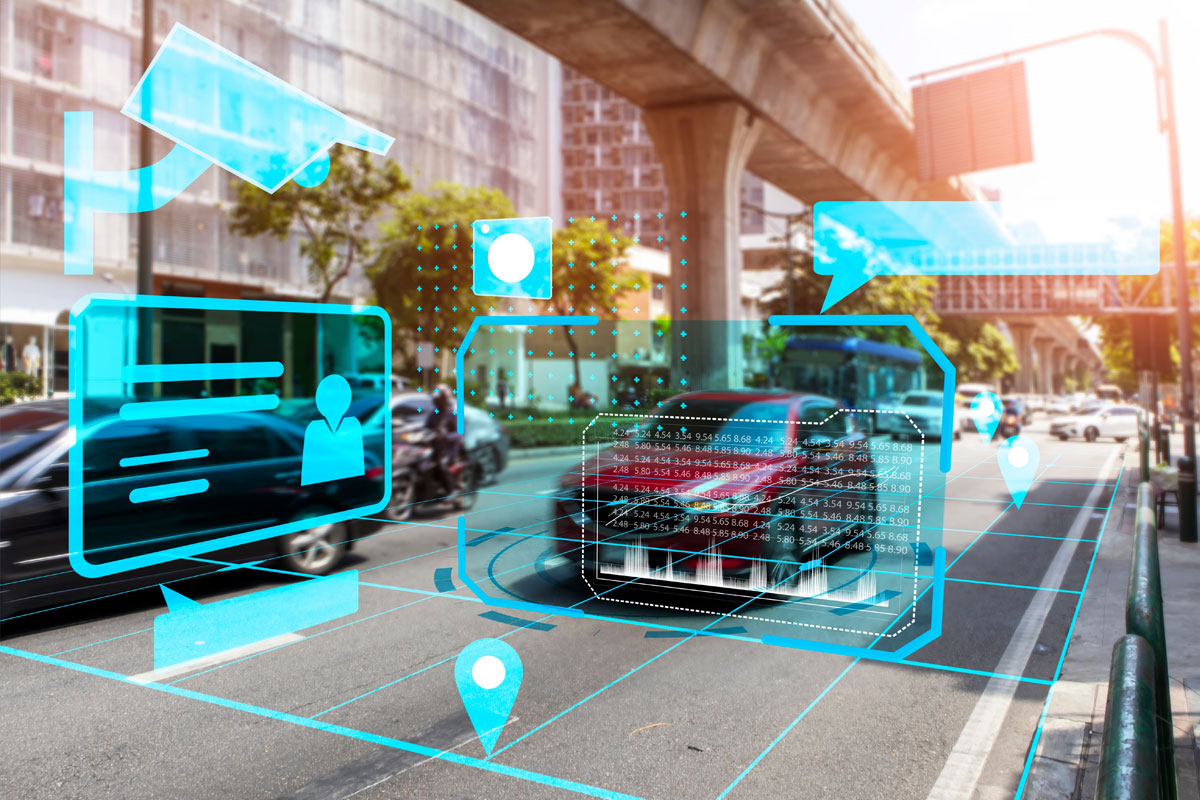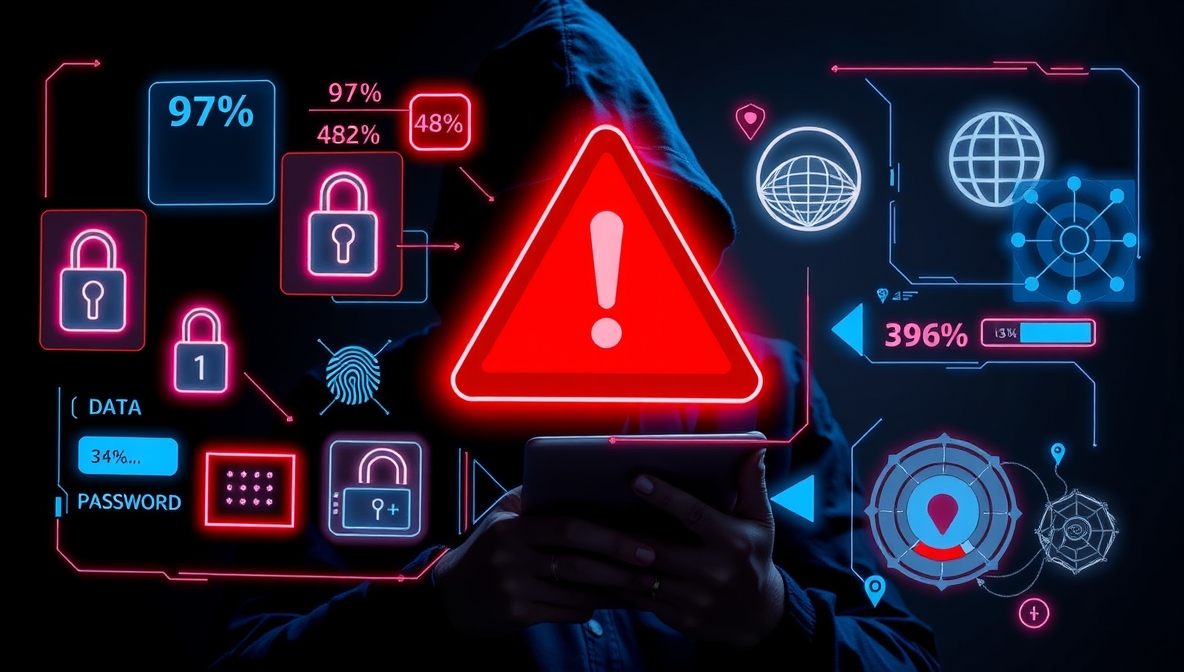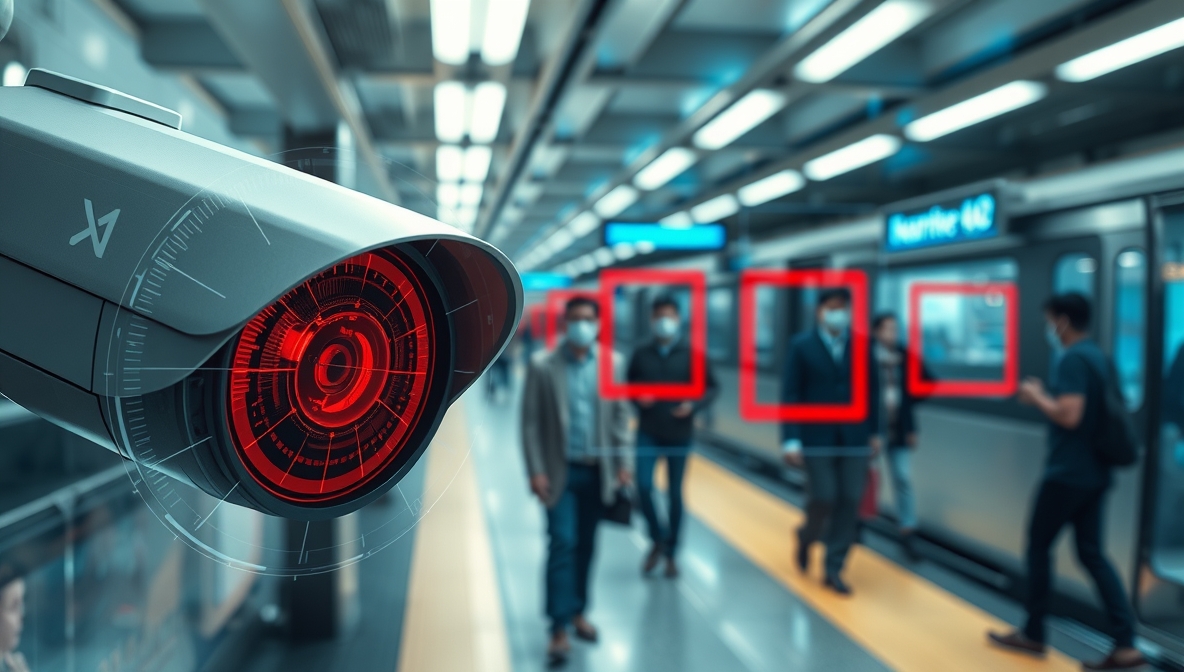
Artificial intelligence (AI) is used in almost every industry imaginable, and public safety and security are no exception. Cities around the world are leveraging AI to ensure their citizens’ safety while safeguarding privacy and fundamental human rights. There are obvious advantages to using AI for surveillance and predictive policing. Still, some existing challenges around ethics and privacy will make adopting AI in public safety a controversial topic.
A recent Deloitte study found that smart technology could help reduce crime by 30% to 40% 1 and reduce response times for emergency services by 20% to 35%, making cities safer and emergency services more impactful. Currently, smart cities have already started to adopt various AI tools, from facial recognition and biometrics (84%), in-car and body cameras for police (55%), drones and aerial surveillance (46%), and crowdsourcing crime reporting and emergency apps (39%). 2
AI Usage in Public Safety
Here are a few specific ways AI can help create smart, safe cities around the world.
Combating Terrorist Threats and Activity
Over the past decade, terrorists have killed an average of 26,000 people a year.3 AI can detect terrorist propaganda with over 99.9% accuracy,4 analyzing uploaded imagery and video and removing it from the internet. This helps prevent online terrorism recruitment and stops the spread of harmful propaganda.

Proactively Identifying Suspicious Banking Activity
AI and machine learning can support banking by detecting anomalies in data and providing real-time updates on red flags and criminal strategies. It can also aggregate these huge amounts of data to identify trends.
Natural Disaster Response
Machine learning algorithms can partner with satellite imagery to give government officials more insight into the potential effects of a natural disaster. For example, in hurricane areas, AI can help determine which disasters will occur, which systems will likely fail, and which areas are in the most danger. This can help emergency response teams be on standby to enter those areas quickly or prioritize evacuations appropriately.
Crowd and Traffic Control
Crowds can be highly dangerous, and AI helps reduce uncertainty and risk in highly trafficked areas and venues. AI can provide recommendations for rerouting traffic and people and also optimize threat response. For example, AI was used during COVID to monitor high-traffic areas and aggregate data on the highest-touched surfaces.5 This helped with contact tracing and contagion prevention.
Real-World Examples of AI in Public Safety
Cities worldwide are implementing AI solutions into their government and civil activities to improve public safety and reduce crime.
Singapore
Singapore was among the first countries to adopt AI across police, healthcare agencies, border security, and homeland security. For example, the Singapore Civil Defense Force uses unmanned aerial vehicles like drones for fire tracking, surveillance, and search and rescue.6 During COVID, SPOTON was used as a mass temperature screening solution7 across Singapore’s 5.6 million residents8, while Ambiq® enabled the country’s TraceTogether token for community contact tracing.
Japan uses AI-enabled predictive policing through deep learning algorithms to measure police force statistics while providing access to other crime details, such as time, place, weather, and geographical conditions.
Rio de Janeiro
First used when the city hosted the Olympic Games, Rio de Janeiro’s government utilized CrimeRadar. This predictive crime app taps into advanced data to monitor crime rates and potential risks such as nighttime or high-traffic events. As a result, crime has been reduced by 30-40%9 in one of the most dangerous cities in the world.

The Risks of AI in Public Surveillance
Like AI adoption in many areas, artificial intelligence in public surveillance and safety is not without challenges. Concerns over imperfect technology leading to biased results are significant challenges to widespread adoption.
Imperfect Technology
AI continues to evolve and improve. Meanwhile, it can be exploited to be used for potentially harmful decisions if humans aren’t prepared to fact-check data and insights.
Bias
As AI is created, there is the potential for it to absorb the biases of its designers. Machine learning models are only as reliable as the data that is used to train them; they can inadvertently mirror the biases of their designers or even of the scientists who gleaned the data. Indeed, since the foundation of machine learning is formed with instances of bias (for example, a melanoma model may successfully predict a patient with a family history’s illness), we must continually improve guidelines for accurate model building.
According to Tech Target, machine learning bias can be improved if developers follow these steps:10
- Identify potential sources of bias
- Set guidelines for eliminating bias
- Identify accurate representative data
- Document how data is selected and cleansed
- Screen models for both bias and performance
- Monitor and review models in real-world use
Civil Liberties and Privacy Concerns
Many people also bring up privacy concerns around AI public surveillance. These tools give smart cities a massive amount of detailed data on the movement of individuals throughout the day, raising concerns about AI being used for purposes that harm civil liberties.
How Ambiq Contributes
AI steps in to augment human capacity. In public safety, this is especially helpful when dealing with large crowds and vast physical areas. Ambiq’s SPOT® technology provides maximum energy efficiency and extended battery life to the AI tools that help improve public safety and create a better quality of life for citizens.
Resources
1 Surveillance and Predictive Policing Through AI | 2023
2 Surveillance and Predictive Policing Through AI | 2023
3 Terrorism | October 2022
4 How AI is establishing itself as the newest public safety officer | January 1, 2020
5 Is AI The Best Solution for Crowd Management | September 17, 2021
6 A Perspective on Singapore | 2022
7 SPOTON – A Smart Thermal Scanner for Crowd Temperature Screening | August 11, 2022
8 National Population Division and Talent Division – Overview | July 5, 2023
9 CrimeRadar is using machine learning to predict crime in Rio | August 2016
10 6 ways to reduce different types of bias in machine learning | July 28, 2023


